Transplanting Calla Lilies: How To Transplant Calla Lilies Outside
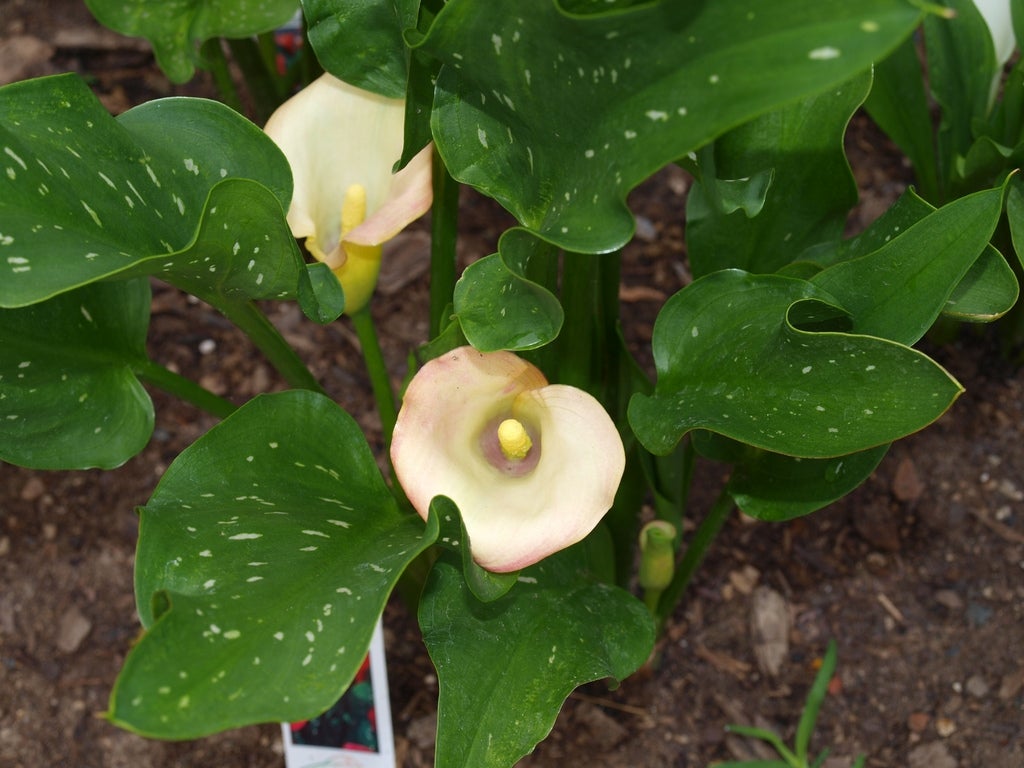

With their handsome, tropical foliage and dramatic flowers, calla lilies add a hint of mystery and elegance to the garden. This article tells you how to transplant calla lilies outside or into pots for indoor or outdoor culture.
Transplanting Calla Lilies
The best time to transplant calla lilies (Zantedeschia aethiopica) is in the spring after all danger of frost has passed and the soil is beginning to warm. Choose a location with organically rich soil that holds moisture well. Callas grow well in low, moist areas where most other rhizomes would suffer from root rot. The plants tolerate full sun in areas with mild summer, but where summers are hot they need morning sun and afternoon shade.
How to Transplant Calla Lilies Outside
Before transplanting calla lilies, prepare the soil by loosening it with a shovel. Work in some compost to enrich the soil and help it hold moisture. Plant the rhizomes 3 to 4 inches (7.5-10 cm.) deep and transplant potted calla lilies into a hole dug to fit the depth of the pot. Space the plants 12 to 18 inches (30.5-46 cm.) apart. Callas need lots of moisture, so water deeply after planting, and spread at least 2 inches (5.0 cm.) of mulch around the plants to prevent moisture from evaporating. When moving calla lily plants, prepare the new bed and dig holes for the plants before lifting them from the old location so you can get them in the ground as quickly as possible. Slide a spade under the plants at a depth of 4 to 5 inches (10-13 cm.) to avoid damaging the rhizomes. Place them in the holes so that the soil line is even with the surrounding soil. Calla lilies are ideal for landscaping garden ponds, where they thrive in water up to 12 inches (30.5 cm.) deep. Place the plant or rhizome in a basket and plant it so that the rhizome is about 4 inches (10 cm.) deep. Calla lilies are hardy in USDA plant hardiness zones 8 through 10. In cooler zones, the rhizomes must be treated as annuals or dug up in the fall and stored over the winter in a frost-free area. When planted in water, the rhizomes can remain outdoors as long as the water doesn't freeze at the planting depth. You can also transplant your callas into pots and grow them as houseplants. Choose a roomy pot that is at least 6 to 8 inches (15-20 cm.) deep and leave 1/2 to 1 inch (1-2.5 cm.) of space between the top of the soil and the top of the pot to make it easy to water the plant generously. Use a potting soil rich in peat or organic matter that holds moisture. Transplanting potted calla lilies back to the garden in spring is a snap.
Gardening tips, videos, info and more delivered right to your inbox!
Sign up for the Gardening Know How newsletter today and receive a free copy of our e-book "How to Grow Delicious Tomatoes".

Jackie Carroll has written over 500 articles for Gardening Know How on a wide range of topics.
-
 4 Superfast Composting Methods: Turn Waste Into Garden Gold In 30 Days Or Less
4 Superfast Composting Methods: Turn Waste Into Garden Gold In 30 Days Or LessTry the fastest composting methods to turbocharge your pile and transform kitchen scraps and garden waste into finished compost in just a few weeks.
By Mary Ellen Ellis
-
 Best Spider Plant Soil – Complete Soil Guide And Expert Tips For Keeping Plants Happy
Best Spider Plant Soil – Complete Soil Guide And Expert Tips For Keeping Plants HappySpider plants are fun and easy plants to grow, but what is the best soil for a spider plant? Selecting the right soil is important so they can thrive.
By Bonnie L. Grant
-
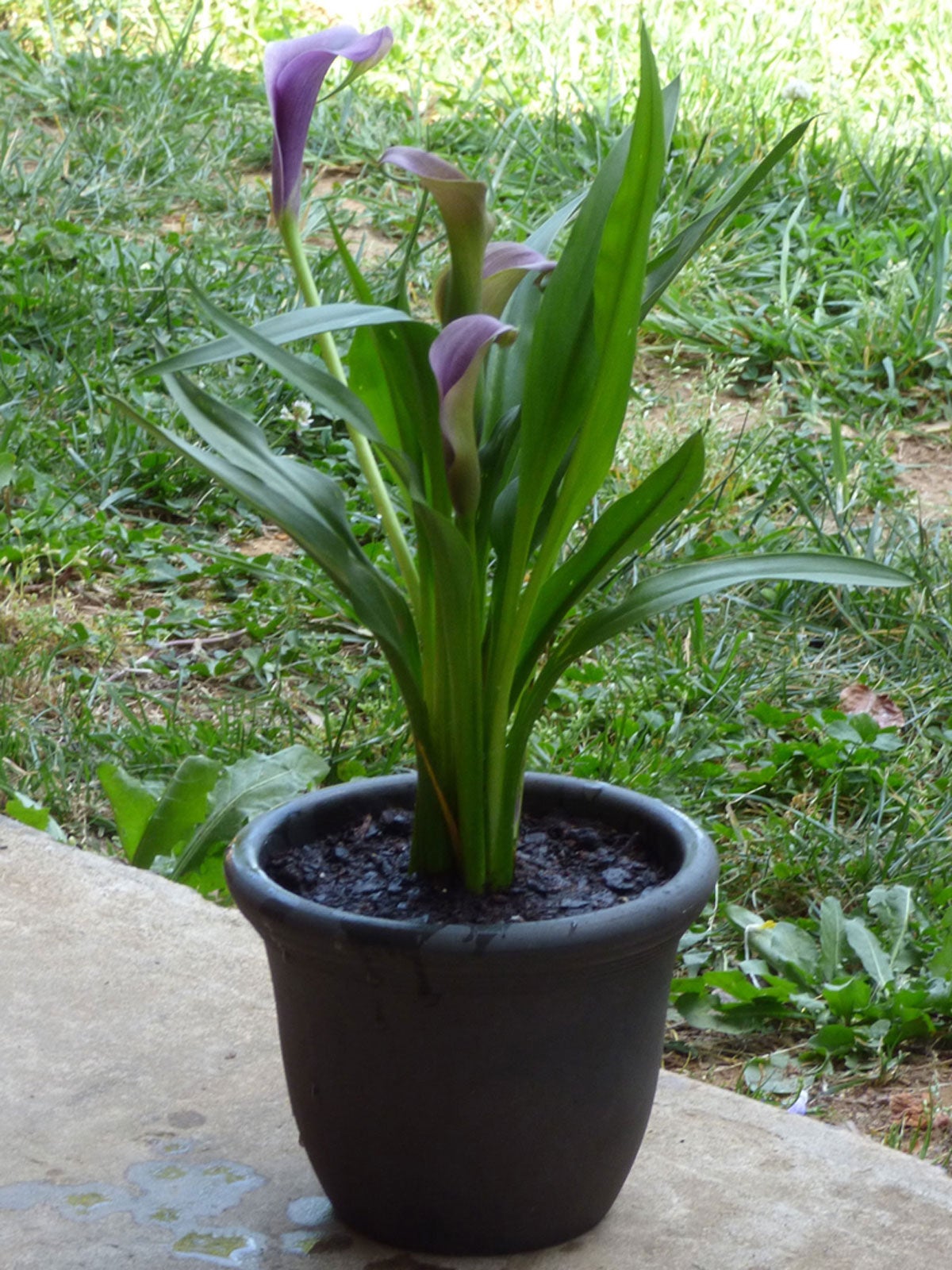 Planting A Calla Lily In A Pot: Care Of Container Grown Calla Lilies
Planting A Calla Lily In A Pot: Care Of Container Grown Calla LiliesCalla lilies are hardy in zones of 8-11 - but may survive zone 7 with protection. They also bloom primarily in summer. Because of bloom time and plant hardiness, many gardeners find it easier to grow potted calla lily plants. Click this article to learn more.
By Darcy Larum
-
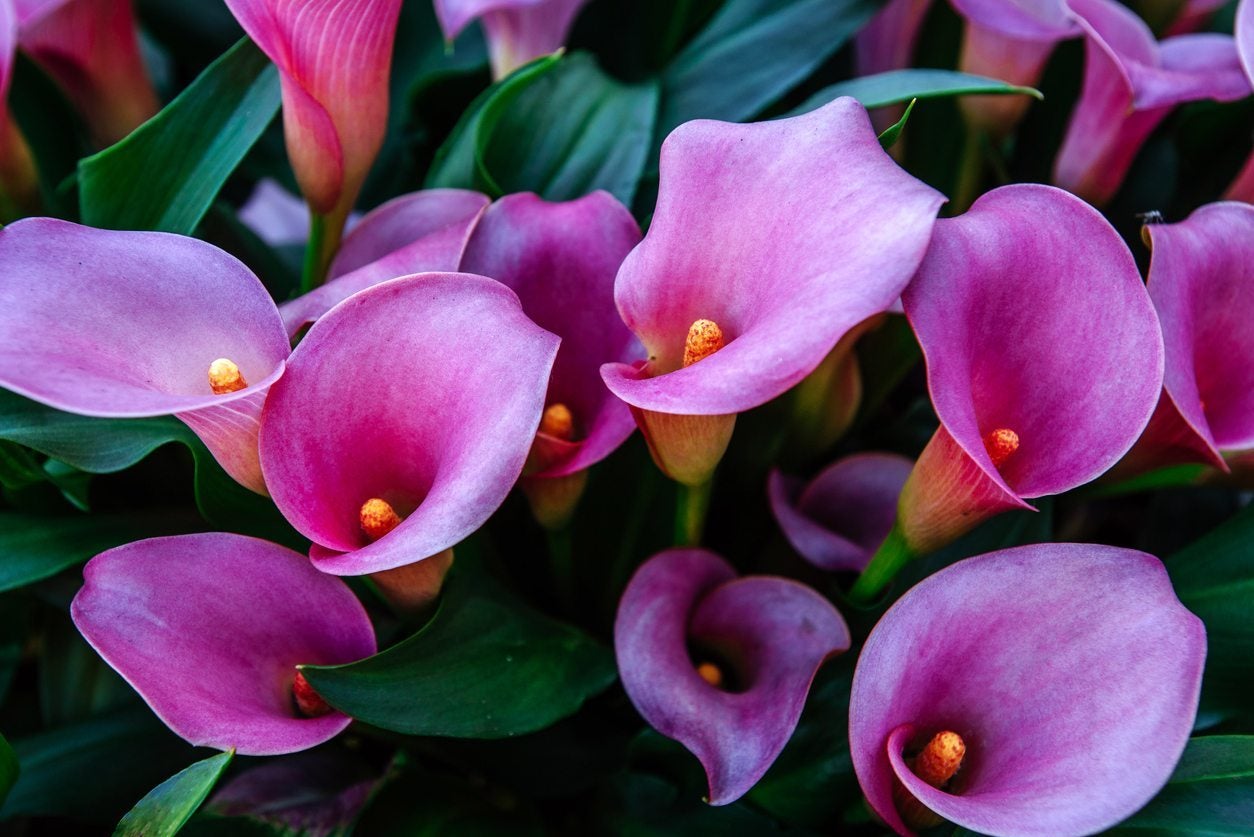 Calla Lily Hardiness: Will Calla Lilies Come Back In Spring
Calla Lily Hardiness: Will Calla Lilies Come Back In SpringCalla lily is a top choice for gifts and if you find yourself having been gifted one, you may be wondering what to do with it next. Is keeping callas year round possible or is it a one-time beauty? Let us help you figure it out. Click this article to learn more.
By Mary Ellen Ellis
-
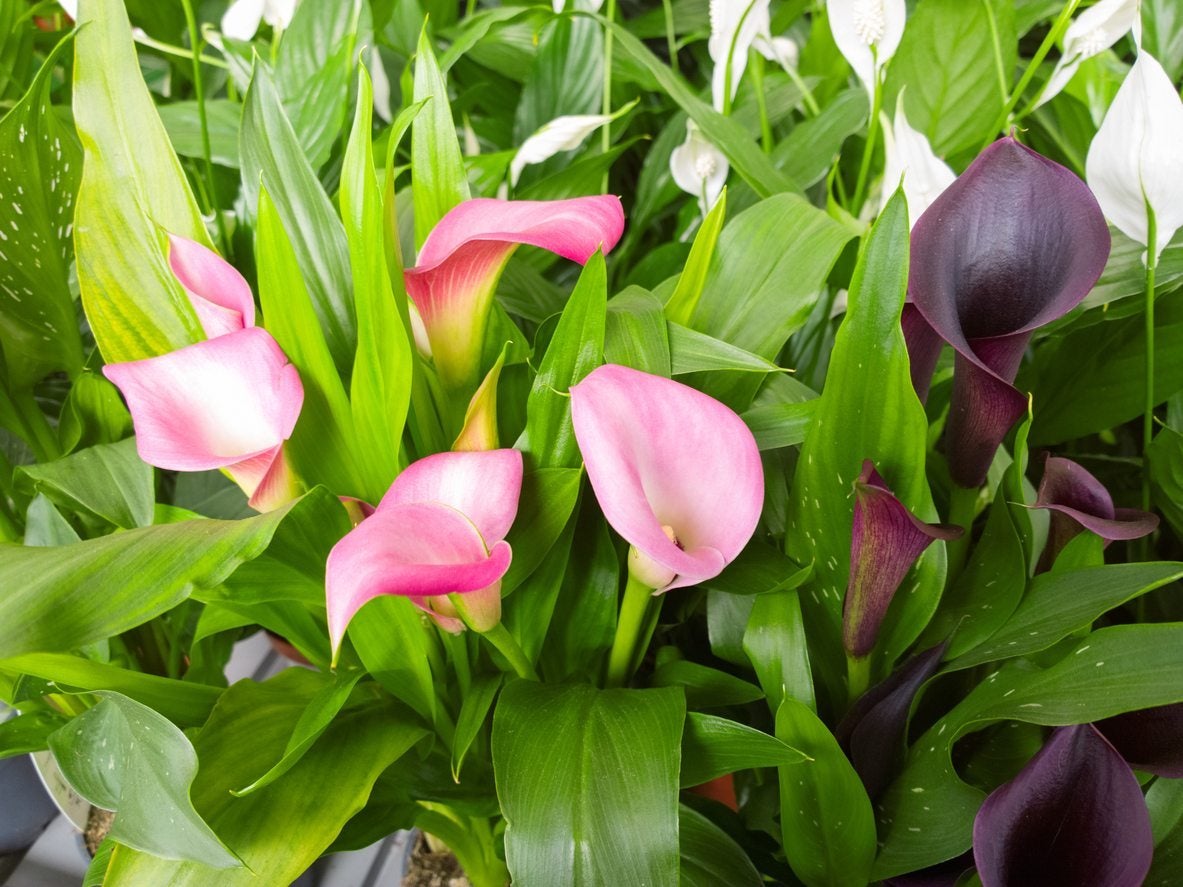 Calla Lily Varieties – Information About Different Calla Lily Plants
Calla Lily Varieties – Information About Different Calla Lily PlantsCalla lily plants produce classically beautiful flowers, prized for their elegant, trumpet-like shape. The white calla lily is one of the most well-known and popular varieties, but if you're a fan, check out the many other colorful options. This article will help.
By Mary Ellen Ellis
-
 Feeding Calla Lilies : How To Fertilize Calla Lily Plants
Feeding Calla Lilies : How To Fertilize Calla Lily PlantsCalla lilies are heavy water users and require plenty of the right kind of nutrients for maximum flowering and healthy growth. Some tips on how to fertilize calla lily will ensure beautiful flowers and erect, vigorous plants. This article will help with that.
By Bonnie L. Grant
-
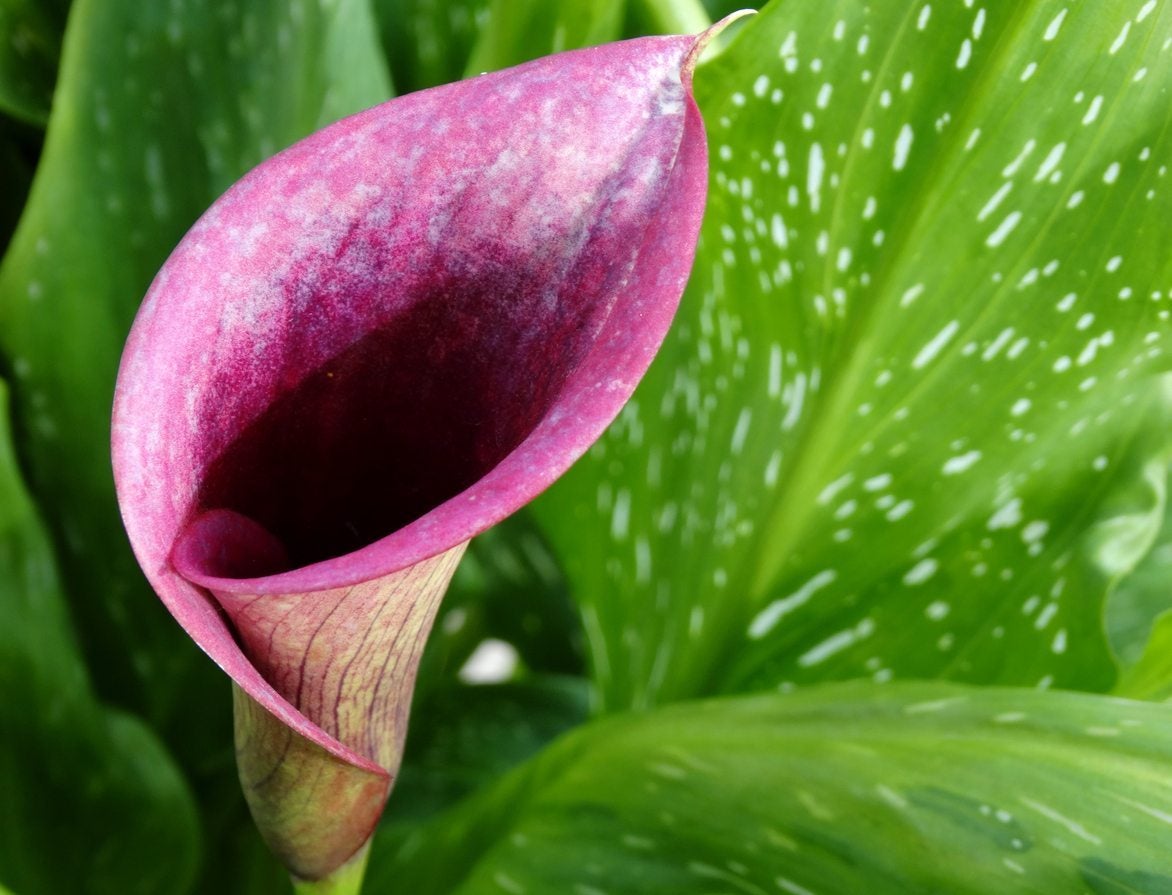 Calla Lily Watering: How Much Water Do Calla Lilies Need
Calla Lily Watering: How Much Water Do Calla Lilies NeedWhile calla lily is a relatively low-maintenance plant, it won't tolerate excessively dry conditions or soggy, poorly drained soil. You can learn more about calla lily water requirements in this article. Click here for additional information.
By Mary H. Dyer
-
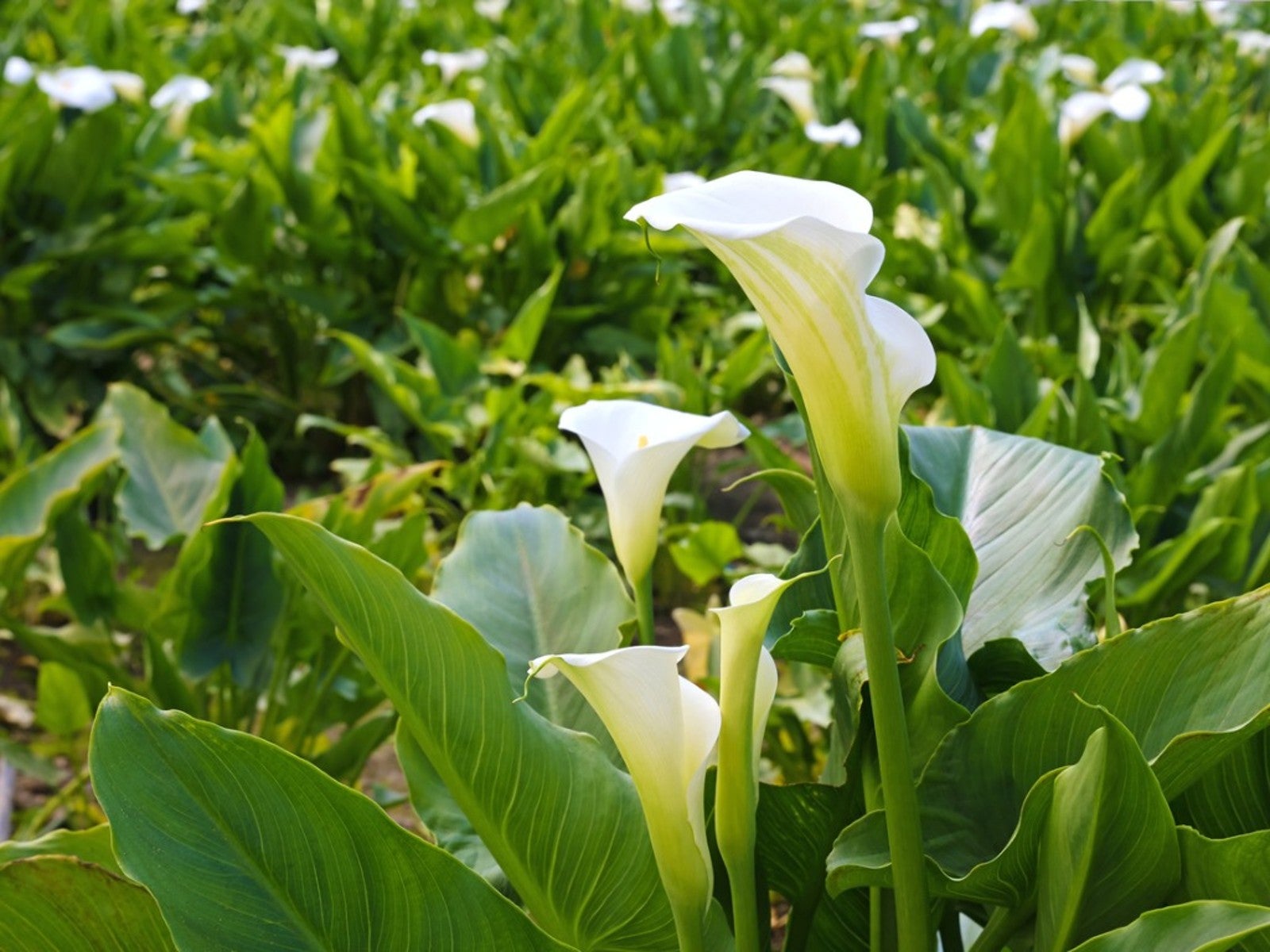 Calla Buds Not Blooming – Reasons Why Calla Lily Buds Don’t Open
Calla Buds Not Blooming – Reasons Why Calla Lily Buds Don’t OpenGetting buds to open on callas is not typically difficult, but there may be a few easy-fix problems going on with your plant. Tweaking one or two things should help you get your blooms back. This article will help with that.
By Mary Ellen Ellis
-
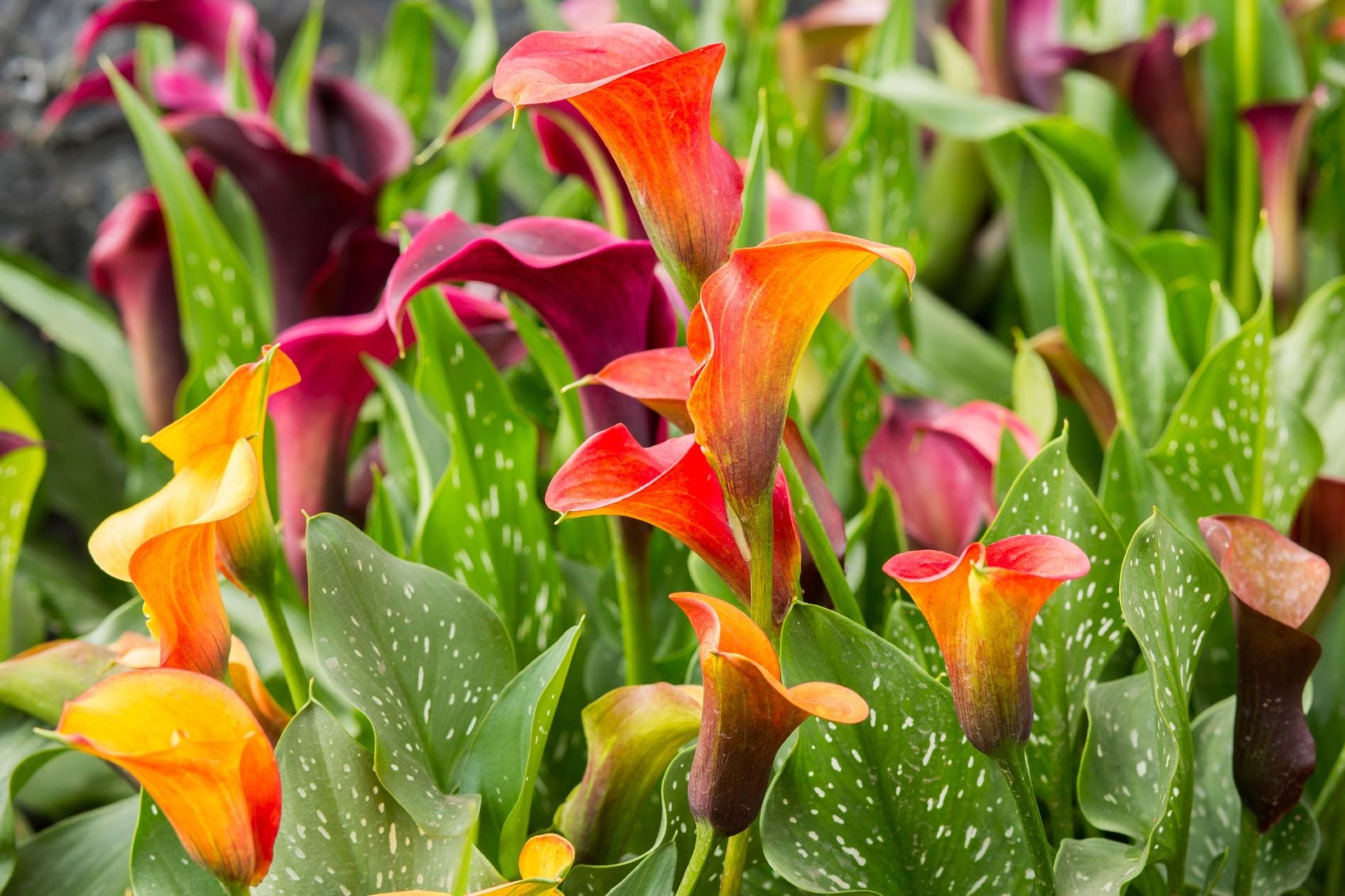 Dividing Calla Lilies - How And When To Divide Callas
Dividing Calla Lilies - How And When To Divide CallasCalla lilies are handsome enough to grow for their foliage alone, but when the bold, single-petaled flowers unfurl, they are sure to attract attention. Learn how to divide these dramatic, tropical plants in this article.
By Jackie Carroll
-
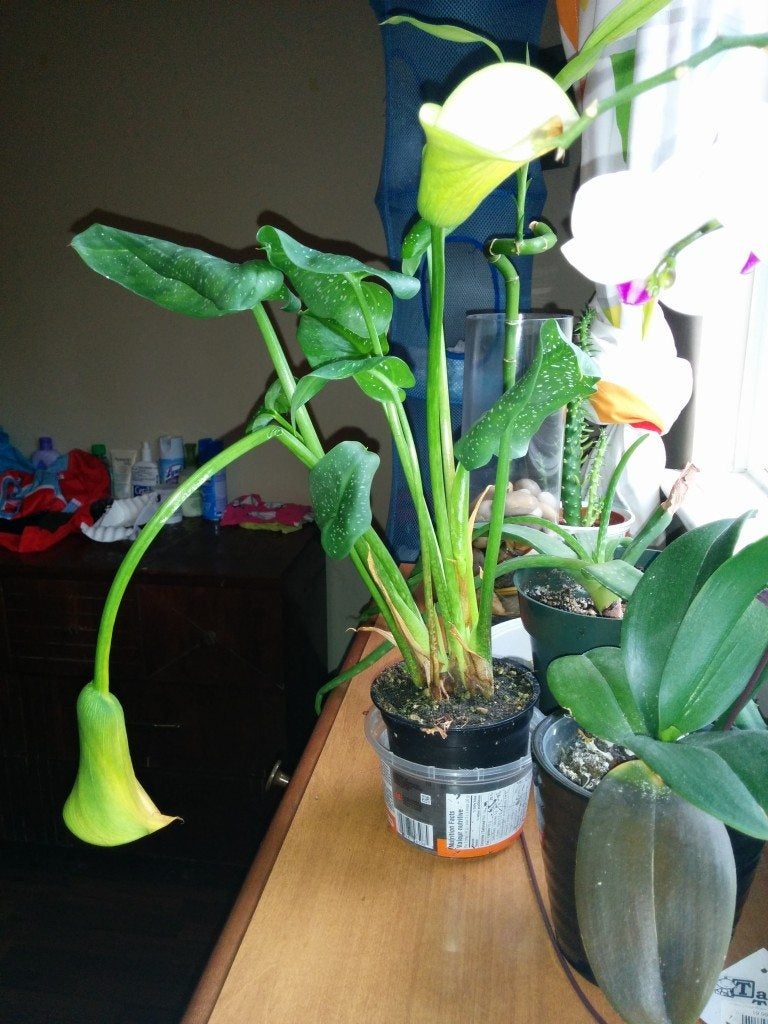 Calla Lily Problems: Reasons Why My Calla Lily Is Drooping
Calla Lily Problems: Reasons Why My Calla Lily Is DroopingCommon growing problems can cause the heavy calla lily flower to droop. Want to know how to fix calla lily flower droop? Information about drooping calla lilies can be found in this article.
By Bonnie L. Grant